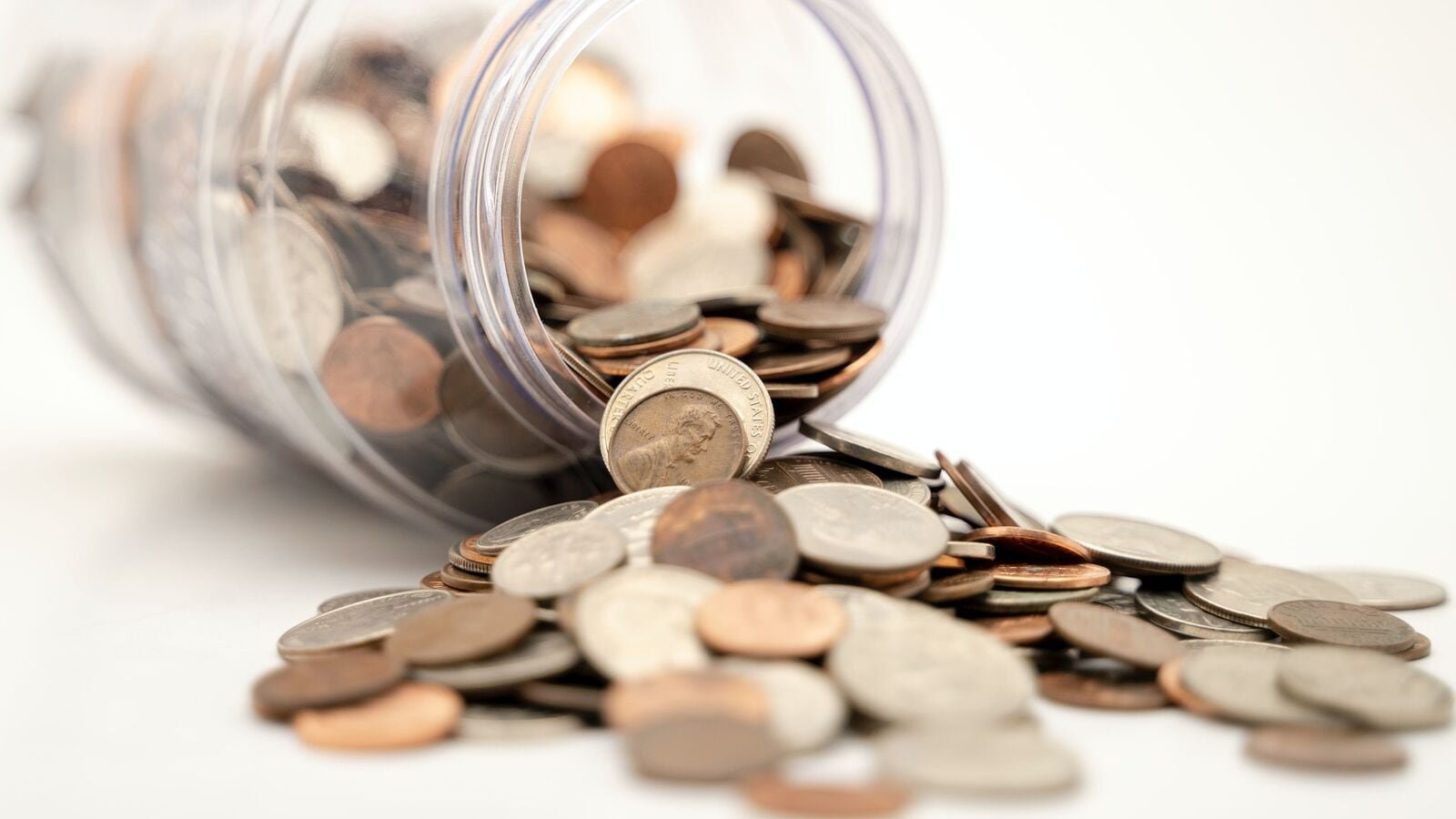Have you received products that are different from what you ordered or did not get it at all despite making the payment through your credit card? Have you been charged twice for the same product or been the victim of a fraudulent transaction? You can file a chargeback with the card issuing bank to reverse the transaction.
A credit card chargeback happens when you make a request to reverse a transaction and return the funds used for a purchase. Credit card chargebacks are useful when you actually do not spend the amount or have been provided with the wrong product/service. Card issuing banks follow a clearly prescribed process for chargebacks. Here is a guide on how chargebacks work and the steps involved in the process.
What is a chargeback and when can you claim it?
A chargeback is actually a complaint by the customer disputing a particular transaction that has occurred due to a host of reasons including defective product/service or unauthorised usage of the credit card.
“When a customer disputes a debit or credit card transaction, the card issuer must determine whether to provide that cardholder with a refund for the transaction amount—also known as a chargeback,” according to Mastercard. A chargeback is a significant tool to resolve disputes and fraud. If the customer’s claims are found to be true, it results in a return of the payment to her/his credit card account.
A customer can claim a chargeback if she/he encounters any of the issues listed below
Unauthorised use or fraud: If someone uses your credit card without your permission to purchase a product or service
Wrong goods or services delivered: If goods or services you receive are different from what you have actually ordered
Non-delivery of goods or services: If you have not received goods or not received services for which you had already made the payment.
Non-processing of a return credit: If you have returned a product or a cancelled a service but have not received a refund for the same
Stopped bill: If you stopped a bill payment or discontinued a recurring subscription, but the payments still continue
Incorrect amount charged: If the merchant charges wrong amount for the goods or services provided
How can you initiate a chargeback?
Customers should follow certain steps to claim a chargeback. Here is how it works
You have to identify the transaction that you want to dispute and request a credit card chargeback for the same from the issuing bank. Most banks provide a chargeback form wherein you have to fill in all the details. You have to send back the filled form to the bank. The card issuing bank will require evidence that includes purchase receipts or communication with the merchant to resolve a chargeback dispute.
The bank will then evaluate your claim and determine whether you have a valid reason to dispute the transaction. If the issuer rejects the claim, they will not provide any chargeback.
However, most issuers give the benefit of the doubt to their customers and allow chargebacks, provided that the dispute is due to the reasons listed above.
The issuer then provides provisional credit equivalent to the disputed amount and notifies it to the seller’s acquiring bank. Once the acquiring bank receives the notification, they debit the amount to the merchant’s account and charge them the chargeback fee.
The acquiring bank notifies the merchant, after which the merchant has to decide whether to fight or accept the interim chargeback credit.
If the merchant challenges the chargeback by providing evidence, the bank will assess the evidence. It will then decide whether to uphold or reverse the chargeback.
If the bank rules in the customer’s favour, she/he will receive the chargeback. The earlier awarded temporary credit will now become permanent.
If the merchant wins, the temporary credit is reversed. You have to pay the bill by the due date.
If either party disagrees with the bank’s decision, they can appeal through arbitration. In this case, the card network (RuPay, Visa, Mastercard) can help resolve the case. The party that loses must pay the fee involved in the process.
How early should you file a chargeback and how long will the entire process take?
The earlier the better. But a customer has 120 days to file a chargeback claim. The acquiring bank will notify the merchant when a customer disputes a transaction. It will provide the merchant with a deadline for deciding whether to dispute the chargeback and for submitting all compelling evidence that shows the dispute is unwarranted.
“Each network has different chargeback dispute rules and timeframes, but the deadline (for disputing the chargeback) is typically 20 to 45 days after the merchant is notified. The entire chargeback process can take up to 120 days,” according to Mastercard.
Allirajan M is a journalist with over two decades of experience. He has worked with several leading media organisations in the country and has been writing on mutual funds for nearly 16 years.
Catch all the Instant Personal Loan, Business Loan, Business News, Money news, Breaking News Events and Latest News Updates on Live Mint. Download The Mint News App to get Daily Market Updates.
MoreLess


